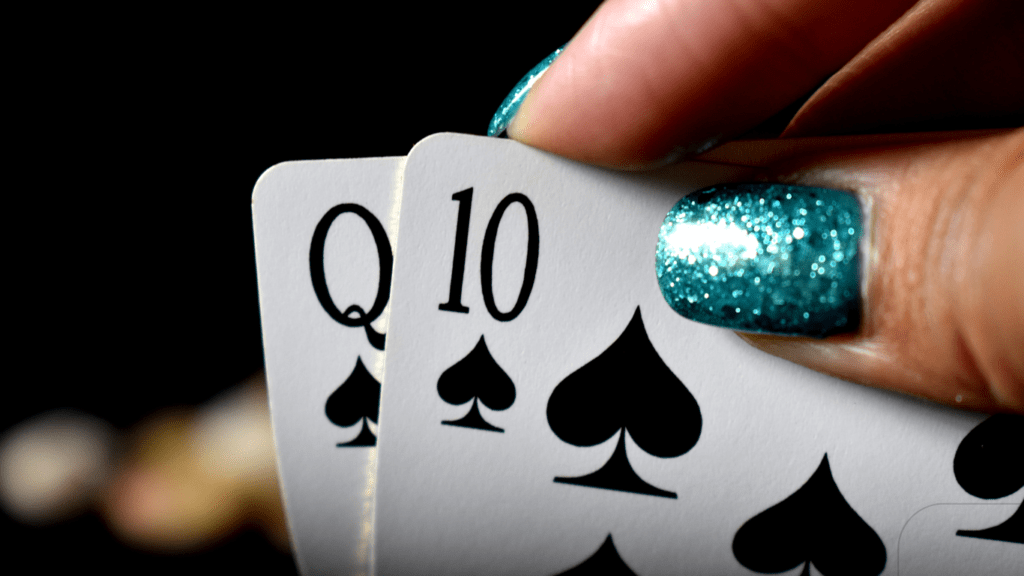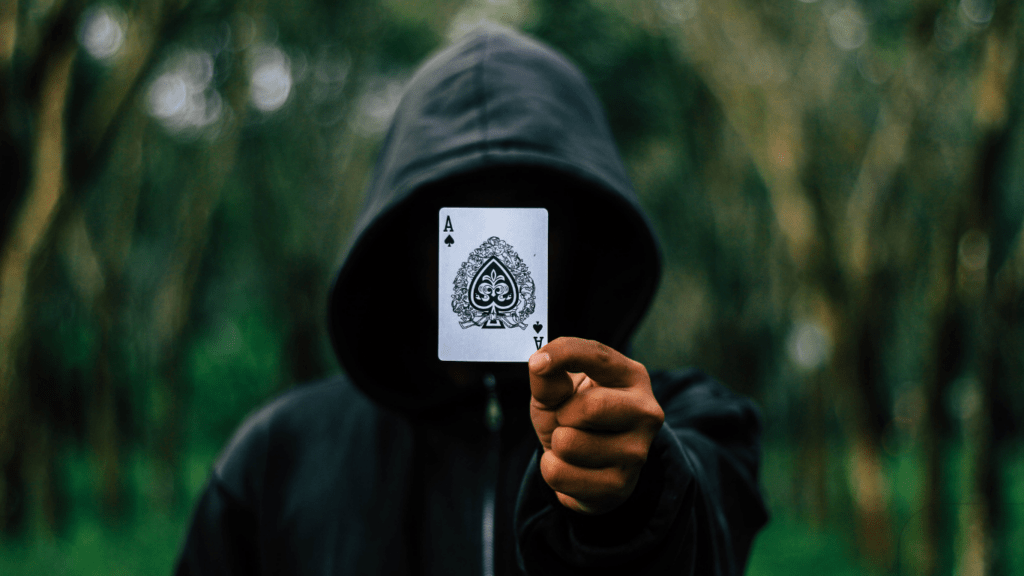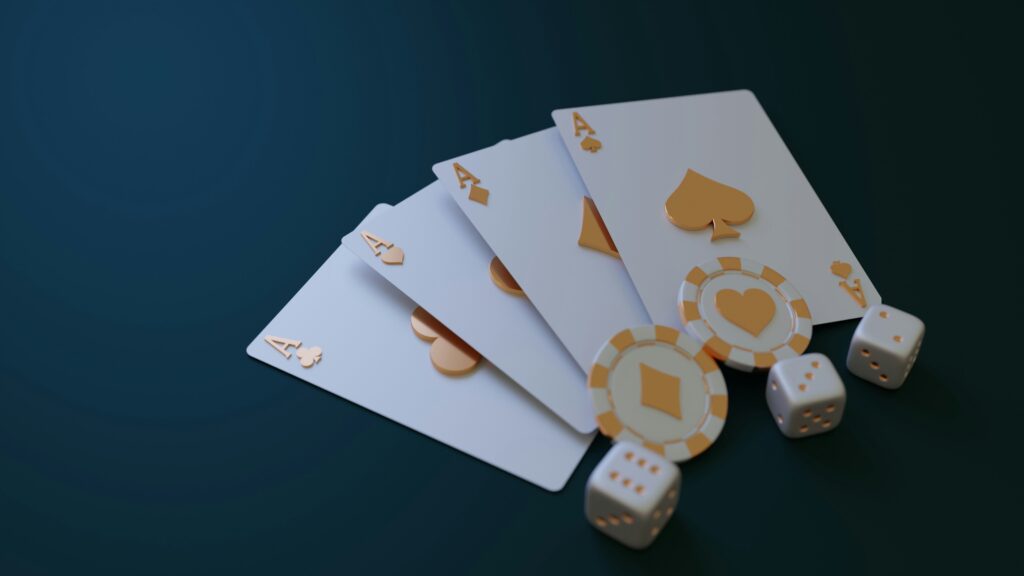Playing poker is not just about the cards; it’s also about reading your opponents. As a seasoned poker player, I’ve learned that mastering the art of spotting tells can give you a significant edge at the table. Understanding body language cues can reveal valuable insights into your opponents’ hands and intentions.
In this guide, I’ll share expert tips on how to decipher subtle signals that can help you make better decisions during a poker game. From facial expressions to hand movements, I’ll delve into the nuances of body language that can betray even the most composed players. By honing your skills in reading tells, you can elevate your poker strategy to the next level and enhance your chances of success at the table.
Understanding Poker Tells
In poker, understanding opponents’ tells is crucial for gaining an edge at the table. Mastering the skill of reading body language can provide invaluable insights into their hands and intentions, ultimately influencing decision-making and strategic play. By deciphering subtle cues like facial expressions and hand movements, players can significantly improve their chances of success.
The Basics of Body Language in Poker
In poker, body language plays a vital role in revealing hidden information about opponents’ cards and strategies. Observing players’ posture, eye movements, and breathing patterns can offer clues about the strength of their hands or their next move. It’s essential to pay attention to inconsistencies between verbal statements and non-verbal cues, as these discrepancies often indicate deception or uncertainty.
- Facial Expressions: Scratching the nose, avoiding eye contact, or involuntary twitches can signal nervousness or a strong hand.
- Hand Movements: Shaky hands, fidgeting with chips, or covering the mouth may indicate excitement, bluffing, or concealing a good hand.
- Betting Patterns: Sudden changes in betting behavior, such as hesitation, quick raises, or unusual bet sizing, can reveal valuable information about opponents’ confidence or uncertainty.
- Posture and Gestures: Leaning back, leaning forward, or sudden stillness can disclose emotional states like confidence, discomfort, or anticipation.
By mastering the art of interpreting body language in poker, players can sharpen their decision-making skills, adapt their strategies accordingly, and ultimately increase their chances of outplaying their opponents.
Analyzing Physical Tells
When it comes to analyzing physical tells in poker, it’s crucial to pay attention to every detail. By honing in on opponents’ body language, I can gather valuable insights that can give me an edge at the poker table.
Facial Expressions and Eye Movements
Facial expressions and eye movements are key indicators of what an opponent might be thinking or feeling during a poker game. I focus on observing micro-expressions, like a slight twitch or a furrowed brow, to decipher potential tells. Additionally, tracking eye movements can reveal whether someone is excited about their hand or trying to bluff their way through.
Posture and Gesture Analysis
Analyzing opponents’ posture and gestures offers a treasure trove of information that can inform my decisions at the table. Whether it’s a relaxed posture indicating confidence or fidgety movements signaling nervousness, these physical cues help me gauge the strength of an opponent’s hand. I pay close attention to subtle gestures, such as tapping fingers or shifting in their seat, to uncover hidden tells that can guide my gameplay.
Behavioral Patterns in Poker
When it comes to behavioral patterns in poker, understanding opponents’ subtle cues can be a game-changer. By recognizing specific signals in their actions and words, I can gain valuable insights into their hand strengths and intentions, giving me a strategic advantage at the table.
Betting Patterns and Timings
In poker, betting patterns and timings can speak volumes about an opponent’s hand. For instance, if a player suddenly makes a large bet after being quiet for a while, it could indicate a strong hand trying to intimidate others. Alternatively, a quick call or check might suggest a weaker hand or a draw. By observing these patterns and timings, I can adapt my strategy accordingly and make more informed decisions during gameplay.
Verbal Cues and Speech Patterns
Verbal cues and speech patterns can also reveal important information in poker. Players may inadvertently give away details about their hands through the words they use or the tone of their voice. For example, a player who nervously stutters when bluffing or confidently announces their actions with certainty may be signaling the strength or weakness of their hand. By honing in on these verbal cues and speech patterns, I can better decipher opponents’ intentions and adjust my gameplay tactics accordingly.
Psychological Aspects of Tells

In poker, understanding the psychological aspects of tells is crucial for gaining insights into opponents’ hands and strategies. Let’s delve into stress responses and confidence displays to enhance your reading abilities further.
Stress Responses and Bluffing
Stress responses often manifest when players are bluffing or holding weaker hands. Watch for signs like increased heart rate, sweaty palms, or fidgeting, which could indicate deception. These behaviors can help you identify potential bluffs and make more calculated decisions in the game.
Confidence Displays in Winning Hands
Players tend to exhibit confidence through their body language when holding strong hands. Look for signs of relaxation, steady eye contact, or deliberate movements, as these may signal a winning hand. By recognizing these displays of confidence, you can adjust your gameplay accordingly and maximize your chances of success.
Practical Tips for Reading Tells
When it comes to reading tells in poker, honing your observation skills is crucial. Being aware of common mistakes to avoid can also enhance your ability to decipher opponents’ body language accurately.
Developing Observation Skills
Observation skills are fundamental in reading tells effectively. To sharpen these skills, I focus on observing my opponents consistently throughout the game. By paying attention to their behaviors in different situations, I can pick up on patterns and deviations that may indicate their hand strength or intentions.
Another strategy I use is to maintain eye contact with players when it’s my turn to act. This not only helps me gauge their reactions but also prevents them from observing my own tells. Additionally, I look for consistent behaviors or sudden changes in mannerisms, which could signal important information about their next move.
Common Mistakes to Avoid
In poker, falling prey to common mistakes can lead to misinterpreting tells and making costly errors. One mistake I avoid is fixating on a single tell or behavior without considering the larger context. Instead, I strive to gather multiple clues before drawing conclusions about an opponent’s hand.
Another common pitfall is revealing my own tells unconsciously. To prevent this, I regulate my own body language and maintain a neutral demeanor regardless of my hand strength. Moreover, I refrain from reacting impulsively to opponents’ actions, as this can give away valuable information about my own cards.
By focusing on developing my observation skills and steering clear of common mistakes, I can enhance my ability to read tells accurately in poker and make more informed decisions at the table.

 David Fields is a dedicated contributor to Jackpot Joyfully, specializing in the intricacies of sports betting and casino games. With years of experience in the gaming industry, David provides readers with expert advice, detailed strategies, and the latest insights to help them make informed decisions. His commitment to fostering a fun yet responsible gaming environment shines through in every article he writes, making him a trusted voice for both new and experienced players.
David Fields is a dedicated contributor to Jackpot Joyfully, specializing in the intricacies of sports betting and casino games. With years of experience in the gaming industry, David provides readers with expert advice, detailed strategies, and the latest insights to help them make informed decisions. His commitment to fostering a fun yet responsible gaming environment shines through in every article he writes, making him a trusted voice for both new and experienced players.

